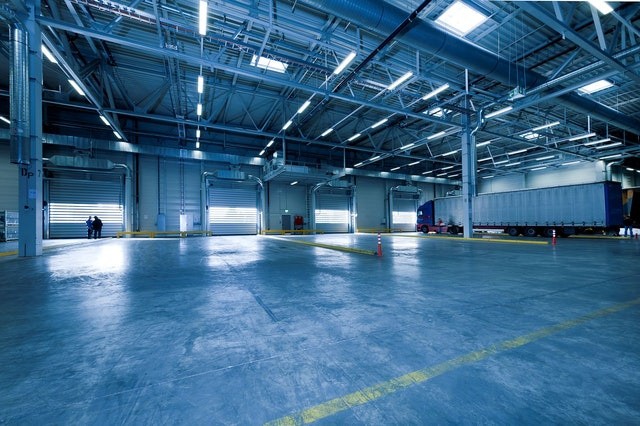
As the coronavirus pandemic disrupts the supply chain, businesses are forced to find ways to bring materials and products closer to manufacturing sites and consumers, and that means higher demand for warehouse space.
In March, a survey done by the Institute for Supply Management revealed that the coronavirus pandemic-related restrictions caused supply chain disruptions to 75 percent of businesses. More than 80 percent of them believe that they will experience an impact due to the restrictions. This situation has caused many businesses to plan an overhaul in their supply chain process.
As what the ongoing crisis has proven, just-in-time production networks are fragile since they involve global supply chains, needing goods to go back and forth across international borders using a variety of transportation modes.
Before the COVID-19 pandemic, the supply process was efficient. It worked very well with just-in-time delivery, which made it possible for businesses to keep inventory levels to a minimum and save on warehousing cost.
IN CASE YOU MISSED IT: $1.7Billion in Housing Payments Owed by Recently Unemployed Service Workers
The COVID-19 crisis, however, has made JIT systems susceptible to the closing of manufacturing facilities, ports, and borders. The disruptions thus have made onsite inventory or moving inventory close to population centers a necessity. Many companies are, in fact, looking to increase their inventory levels by 5 percent to minimize disruptions in distribution.
The May 2020 report from CBRE on the U.S. Industrial market, as cited by GlobeSt.com, noted that the restructuring of supply chain and a 5 percent increase in business inventories would result in the demand for warehouse space from 400 million to 500 million square feet.
The top locations where warehouse construction projects are ongoing, include Dallas/Ft. Worth, Atlanta, Houston, Inland Empire, Chicago, Phoenix, Pennsylvania/I-78/81 Corridor, Indianapolis, Centra New Jersey, and Memphis
ALSO READ: Controversial Slave Trader's Name on the Cass School of Art, Architecture, and Design to Be Removed
In Sarpy County, for example, a second 250,000-square-foot warehouse at the R&R Commerce Park recently opened while a slightly larger warehouse will also start construction. R&R is also reported to have bought another 93-acre property in Sarpy County, in anticipation of sustained demand for industrial and manufacturing space.
White Lotus Group is also set to launch its I-80 Logistics Hub, a 300,000-square-foot structure that is expected to be completed even before tenants have been secured. This is an indication of developer confidence in the demand for such type of space, the Omaha World-Herald report notes.
Leasing deals have considerably slowed due to the pandemic. Still, the rising e-commerce activities, which are likely to continue post-COVID-19, are expected to create a "thirst" for industrial-type of real estate.
Industry experts said demand for large Midwest spaces had already grown, providing warehouse space for e-commerce products and allowing faster local delivery of goods. Many companies are also seen to establish more local manufacturing and distribution operations to reduce dependence on products coming from overseas.
WATCH: Backstreet Boy Howie D Talks About New $35-Million Condominium Project in Cocoa Beach



